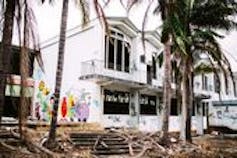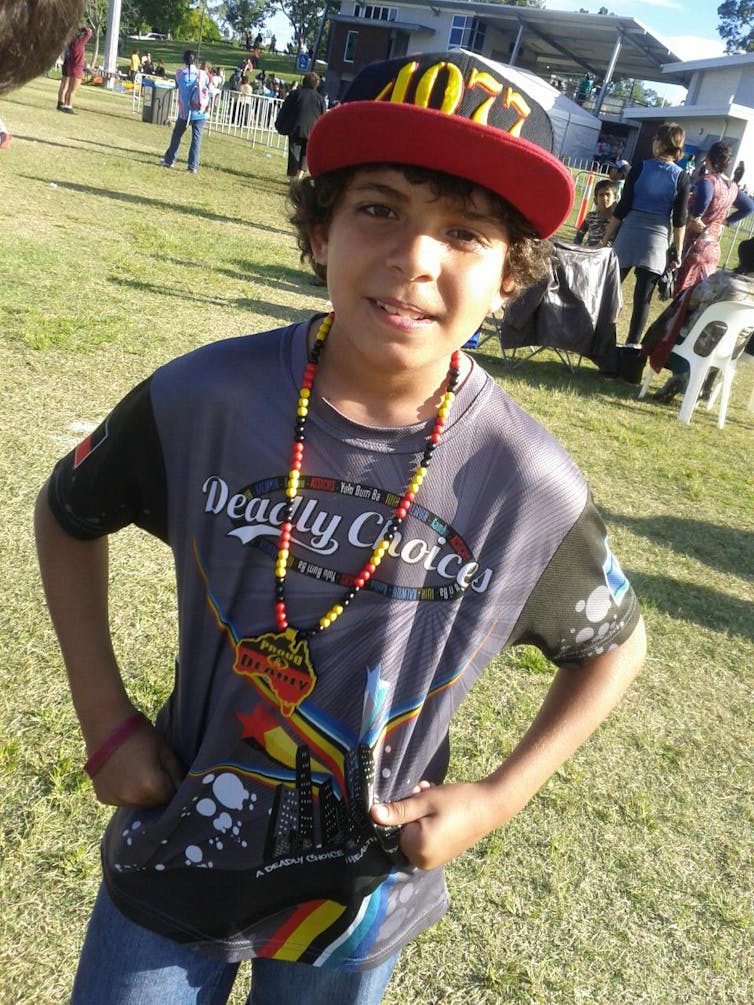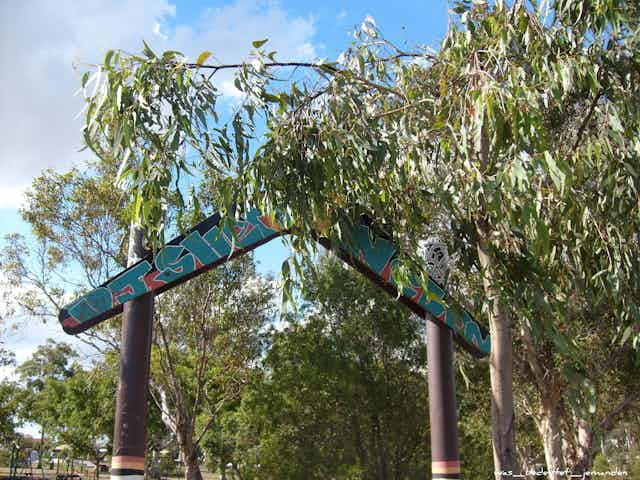As a resident of Inala, in south-western Brisbane, I struggle with the idea of SBS’s Struggle Street coming to my suburb. I’m pleased that the Queensland Premier and a former Inala resident, Annastacia Palaszczuk, has intervened to dissuade producers of the TV program from filming here.
This is not because I don’t believe that poor people should be given a voice, or that the experiences of the marginalised should feature on Australian TV screens. Nor do I wish to pretend that “Struggle Street” is not a real location in our suburb and many others around Australia.
Many of us know “Struggle Street” even if we don’t live there. It is the place on the outskirts of every capital city or country town. The place with high-density public housing, crime, violence, teen pregnancy, drug addiction, and welfare dependency – complete with messy hair and missing teeth.
If we’ve seen one low socioeconomic suburb, we’ve seen them all.
The name of the suburb doesn’t matter. “Struggle Street” conjures up a mental imagery of a broken place, with broken homes, broken families, broken values and broken people.
Produced by KEO Films Australia for SBS, the first Struggle Street focused on families in western Sydney’s Mt Druitt and their various mental health, drug and housing issues. SBS now plans to run a second six-part series, to air in 2017, filmed in Queensland and Victoria.
My struggle with Struggle Street as a TV program is that it represents a one-dimensional story of poverty, which emphasises individual agency over the structural factors that create and entrench income inequality.
While it tries to offer a caring and sympathetic portrayal of its “characters”, the narrative is far from emancipatory.
The first series did very little to challenge the status quo in terms of how we think about poverty. In fact, over on the ABC’s Q&A, Duncan Storrar did far more to create a national dialogue on poverty and economic policy than the Struggle Streets series.
And while he has paid a tremendously high price for asking “that question” about tax cuts for lower income people, Storrar’s story reminds us of the need to ensure that the marginalised have a voice in public discourse and policy – rather than merely being the subject of it.
Growing up in a working poor household, I am genuinely surprised at the pathologising of the poor in our society. What is particularly disturbing is that it is not just a sensationalist media that does this; it remains a key plank in public policy and the delivery of social and community services.
For instance, when I walk around my community I am constantly reminded of expectations of my capabilities as a resident in a “poor neighbourhood”. Take the 10,000 step walk through Inala’s Kev Hooper Park, featuring street signs informing me that Centrelink is 1000 steps away and the Police Station just 600.
These indeed are key landmarks in our community – alongside the old Housing Commission Office, the Courthouse, Government run health services, and local pubs with pokies. These buildings are physically pronounced against the backdrop of the small stucco houses that line every street and the dilapidated skating rink and swimming pool that remain as a visible reminder of the infrastructure Inala “used to have”.

We recently had a nice little bike path installed around Kev Hooper Park where I jog, thinking about the destination that is imagined for my children growing up in this place. I also reflect on the children who have taken their own lives in that park.
At my local shopping centre, I pass by closed shopfronts, noting each new social services office. The centre boasts a Parole Office, job search agencies, youth mental health services, government offices, a Police Beat, a Cash Converters, the TAB, the Op Shop, Woolworths and various bottleshops and Vietnamese restaurants.
Living in a poor neighbourhood, I don’t need to watch a TV show that tells its audience the same tired narrative about poor people.
Living in a poor neighbourhood, I’m well aware that I’m constructed as a problem in need of fixing. And I don’t need to be reminded of that for your viewing pleasure.
And for those who live outside poor neighbourhoods, just know that I am proud to live in the postcode 4077. I feel privileged that my children are being raised in a suburb that, while materially poor, is rich in social capital.

Inala for my family, and for many others, provides a strong sense of belonging, connectedness, identity and pride which other places cannot offer. Indeed in research exploring the social strengths of “disadvantaged” Indigenous communities across Brisbane, Logan and Ipswich, one participant said:
They’re busting their guts to get out of Inala and then in a year or two years time, they’re moving back in, because I think they moved to the other suburbs and they can’t just walk down the street to their cousin’s place or to their family or friend’s place, have to travel miles to go and see someone. So end up all moving back here, because everyone’s here… And you can always go down the road and get a feed, or have a yarn.
This debate is not about whether Inala is a good or bad place to live. And indeed the debate about whether Struggle Street should be filmed in Inala or any other suburb is a futile one.
It is not the suburb, but rather the story that Struggle Street tells that is the problem – both the story of poverty and the story about poor people.
Inala, and places like it, do have important stories worthy of being featured on Australian TV. But these stories, when told by the people who live here, are much richer and more complex than the stories you’ve been told.
Most critically, these new stories offer new narrative possibilities that provide far more than compelling television.
They provide the necessary imaginative space to develop transformative social and economic policy agendas that might actually take the struggle out of “Struggle Street”.

